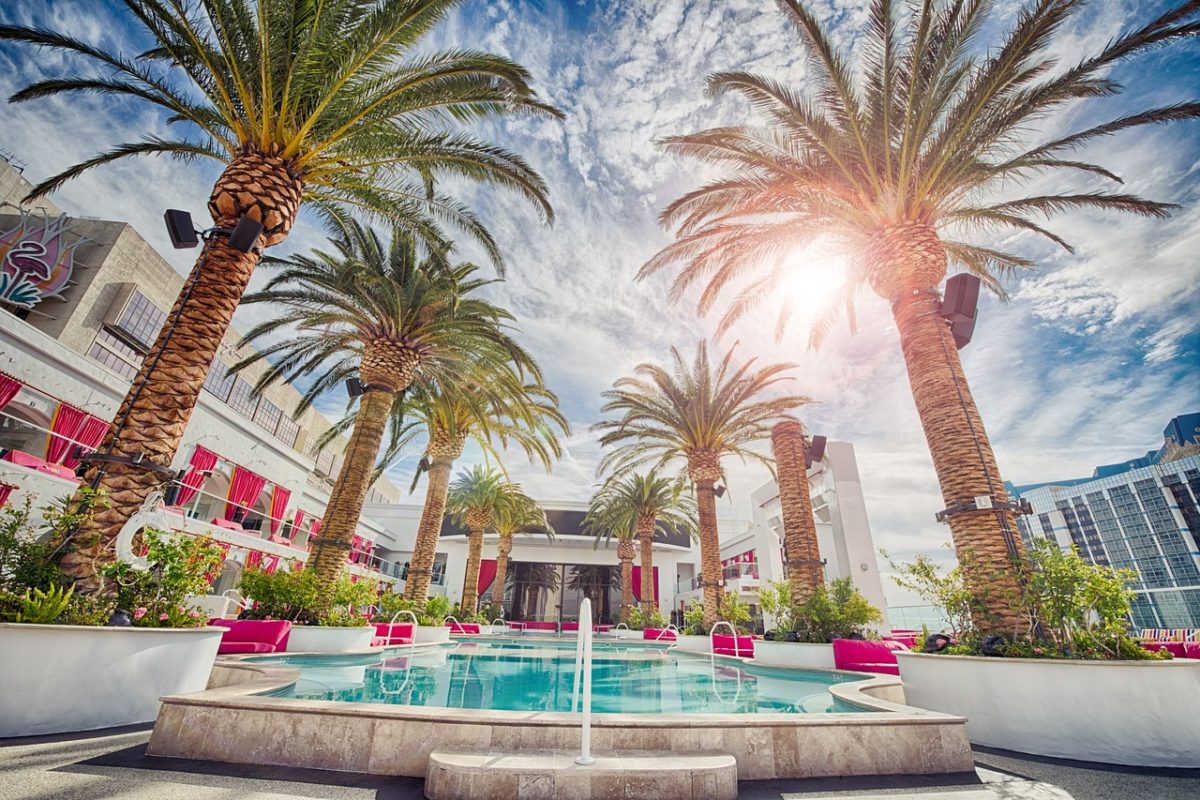A group of scientists from Mutah University, in Jordan, and Amman-based Golden Energy Company has assessed the energy and economic performance of a PV-powered heat pump system used for heating the swimming pools of a hotel building in the coastal city of Aqaba.
Their simulation considered the hotel had annual average electricity consumption of about 6.5MWh and a total electricity cost of JOD591,000 ($834,000) per year. They assumed deployment of a 408.2kW PV system on the hotel's rooftops, with a tilt angle of five degrees. The PV system cost was estimated at JOD244,920, or JOD600 ($846.20) per kilowatt installed. The overall cost of the solar-powered heat pump system was valued at JOD360,920.
The hotel has a family pool, with a 310m2 surface; the main pool, with a 515m2 surface; and a spa pool with a 380m2 surface. A significant quantity of heat is required to keep both indoor and outdoor swimming pools warm between October and March. A heat transfer model was used to estimate the performance of the swimming pool heating system.
The model takes into account evaporation and convection heat losses as well as conduction losses, radiative losses and refilling-water heat losses. “The pool's ability to dissipate or absorb heat is entirely determined by its location, environmental condition, and time of day or night,” the scientists explained. “The heat transfer balance is also impacted by the location of pool installation, whether it is indoor or outdoor.”
Evaporation heat losses were found to have the most significant impact in all swimming pools and the thermal energy produced by the PV-powered heat pump, which is able to provide hot water with temperatures ranging from 35 to 60 degrees Celsius, is mainly used to recover those losses. The effect of other losses, by contrast, was found to be minimal.
Popular content
According to the scientists, the electricity provided by the heat pump system was able to reduce considerably the energy demand for electric heaters for all operation months for the family and main pools. As for the spa pool, which can also be heated through a steam boiler operated with liquid petroleum gas, savings were also significant. For the family and main pools, annual savings were estimated at JOD26,506 and JOD43,891, respectively, and for the spa pool these were indicated at JOD17,328.
“The yearly hotel electricity requirement will be 6,500MWh with a total cost of JOD591,000 per year compared with the proposed PV system, that generates about 786MWh per year. It can be calculated the net electricity consumption would be 5,714MWh per year, with a total cost of JOD514,000, that … mean[s] the proposed system will save about JOD185,850 yearly from the total electricity bill,” the Jordan group emphasized. “The cash flow value becomes positive by the end of the second year and remains positive during the whole evaluation period of ten years. The reason for this is that the system's overall energy production is large while the initial cost is relatively modest.”
The proposed heat pump system was found to have a payback time of only 1.94 years and total profits after ten years of operations were reportedly JOD1,338,931 ($1.89 million). “A cursory examination of the solar project's economic factors leads to the conclusion that it is economically justified,” the academics concluded.
The system design was described in the paper Energy performance and economics assessments of a photovoltaic-heat pump system, published in Results in Engineering.
This content is protected by copyright and may not be reused. If you want to cooperate with us and would like to reuse some of our content, please contact: editors@pv-magazine.com.



By submitting this form you agree to pv magazine using your data for the purposes of publishing your comment.
Your personal data will only be disclosed or otherwise transmitted to third parties for the purposes of spam filtering or if this is necessary for technical maintenance of the website. Any other transfer to third parties will not take place unless this is justified on the basis of applicable data protection regulations or if pv magazine is legally obliged to do so.
You may revoke this consent at any time with effect for the future, in which case your personal data will be deleted immediately. Otherwise, your data will be deleted if pv magazine has processed your request or the purpose of data storage is fulfilled.
Further information on data privacy can be found in our Data Protection Policy.